The British Museum’s exhibition ‘Feminine Power: the Divine to the Demonic’ broaches a prickly subject that is hard to define. Recent years have seen the rise of the #girlboss – a label borrowed from the 2014 memoir of Nasty Gal founder Sophia Amoruso denoting a woman who is able to compete in a corporate environment – followed by fierce backlash on the internet. Some questioned why women must aspire to be powerful in the first place or, more critically, whether the opportunity was being missed to imagine new forms of power in opposition to traditionally male ones.
At the British Museum, a wide range of interpretations of ‘feminine power’ has been effectively, if tightly, packed into a modest gallery space, organised around five themes. Self-evident moral goods such as ‘justice and defence’ and ‘compassion and salvation’ aren’t given precedence here over other forms of power like ‘magic and malice’ or ‘passion and desire’. Covering a broad temporal and geographical range, the exhibition has had to cherry-pick objects to keep things focused – welcome news for anyone exhausted by the experience of cross-referencing tiny numbers with a long list of captions beside an overstuffed display case.
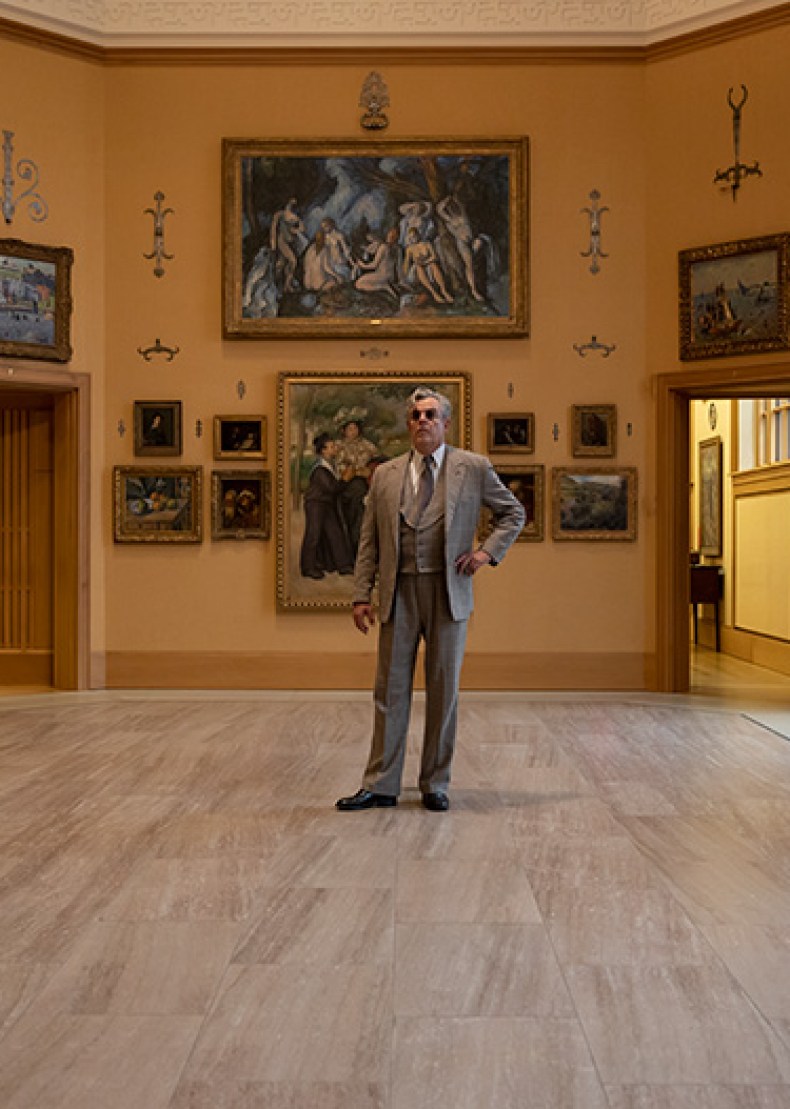
The Mother of God Smolenskaya icon (16th century), Yaroslavl, Russia. Courtesy of the British Museum, London
As the exhibition points out, traditionally feminised traits such as empathising and nurturing have been undervalued in most societies. Yet are these – and other stereotypes such as mysticism, intuition and emotional volatility – traits for women to justly reclaim, or are they reductive ways of thinking about femininity? Untangling notions of ‘feminine power’ from the necessities of surviving under patriarchy can be tricky, especially when they are so often the product of the male imagination.
The Virgin Mary, for example – represented here by a 1980s poptillo straw mosaic from Mexico, a brass Russian Orthodox icon and a 13th-century French ivory statuette – may have been admired by Christian men for her chastity and devotion to her son, but it’s not clear what any of these objects can tell us about about how ‘feminine power’ has been perceived and experienced by women. Similarly, the quandary of squaring Aphrodite’s seductive appeal with the imperative to respect her is surely what compelled ancient Greek male sculptors to draw attention to her body only under the guise that she raises her arms in modesty, as in the marble Capitoline Venus included in the exhibition.
The wall text informs us that another warrior goddess, Ishtar, worshipped across the Middle East, had sexual relationships with kings. A tablet on display tells of one tempestuous affair during which a ruler was reduced to begging for her forgiveness, calling to mind the misogynist adage ‘happy wife, happy life’. Meanwhile, Tlazolteotl, the Huaxtec goddess of purification, appears both in a serene sandstone statue and, with greater impact, in a mid-1500s manuscript illustration in which she is shown to have dark stained lips and an elaborate costume with a broom to clear away evil at the ‘sweeping of the roads’ festival. She embodies many contradictions of female idols – both a symbol of desire and, literally, the consumer of humanity’s filthiest transgressions.
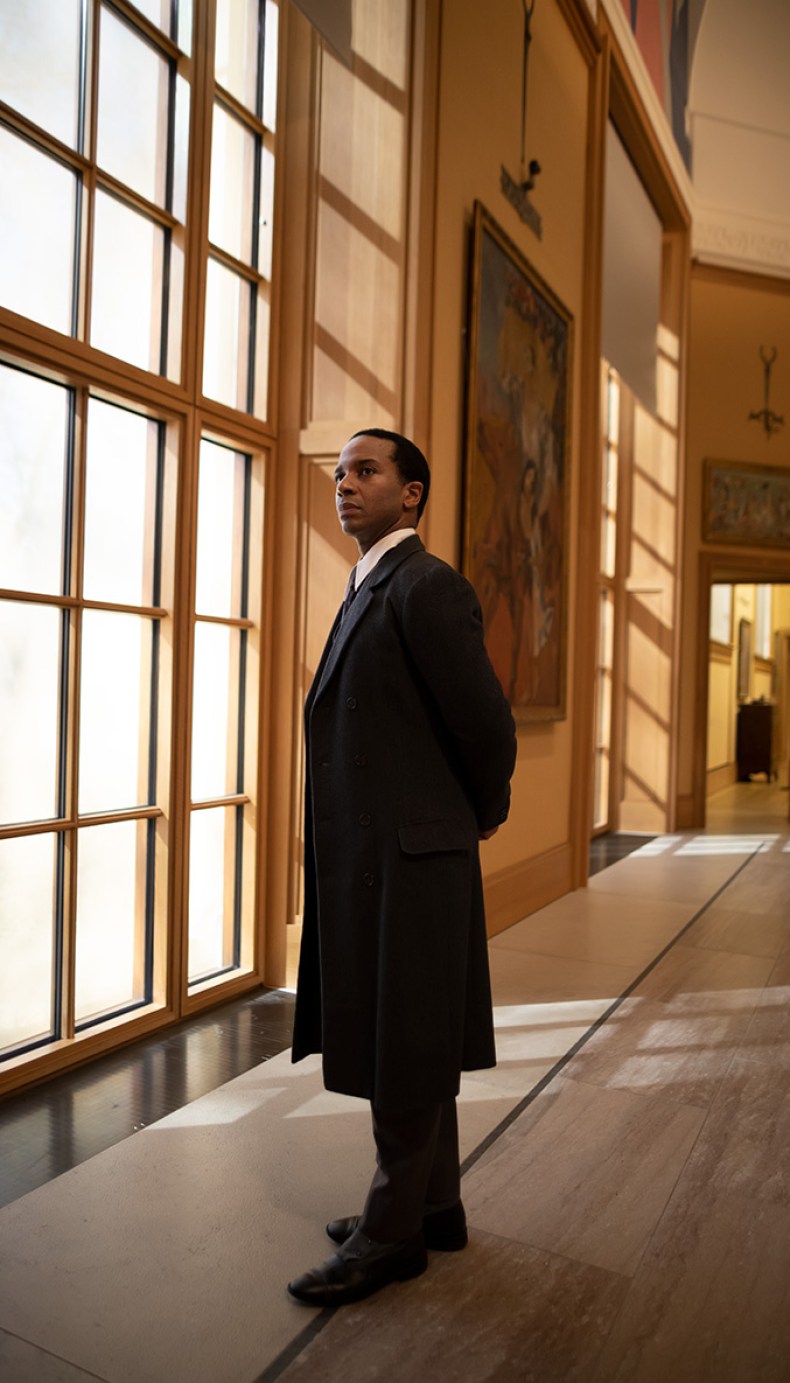
Statue, believed to be of Tlazolteotl (900–1521), Mexico. Courtesy of British Museum, London.
Women subjects are abundant in art history, but not all have been treated equally. It’s hard not to be thrilled by the depictions of Lilith, first wife of Adam and evil icon of Jewish demonology, which speak so extravagantly to her subversive potential. With wild hair and wicked expression, she appears on a bowl produced in Iraq between 500-800, while the creeping menace she is given by Kiki Smith in a sculpture of 1994 provides a refreshing example of woman representing woman.
The exhibition rightly has an eye to the contemporary resonances of these figures, although its five chosen commentators offer jarringly vapid observations such as Bonnie Greer’s ‘you can be more than one thing and still be yourself’ and Rabbia Siddique’s ‘it’s time to embrace our lioness instincts’. Mary Beard may be the obvious choice to speak on the classical world, but writer and podcaster Elizabeth Day and comedian Deborah Frances-White seem ill-placed to comment on the other complex cultural histories at hand.
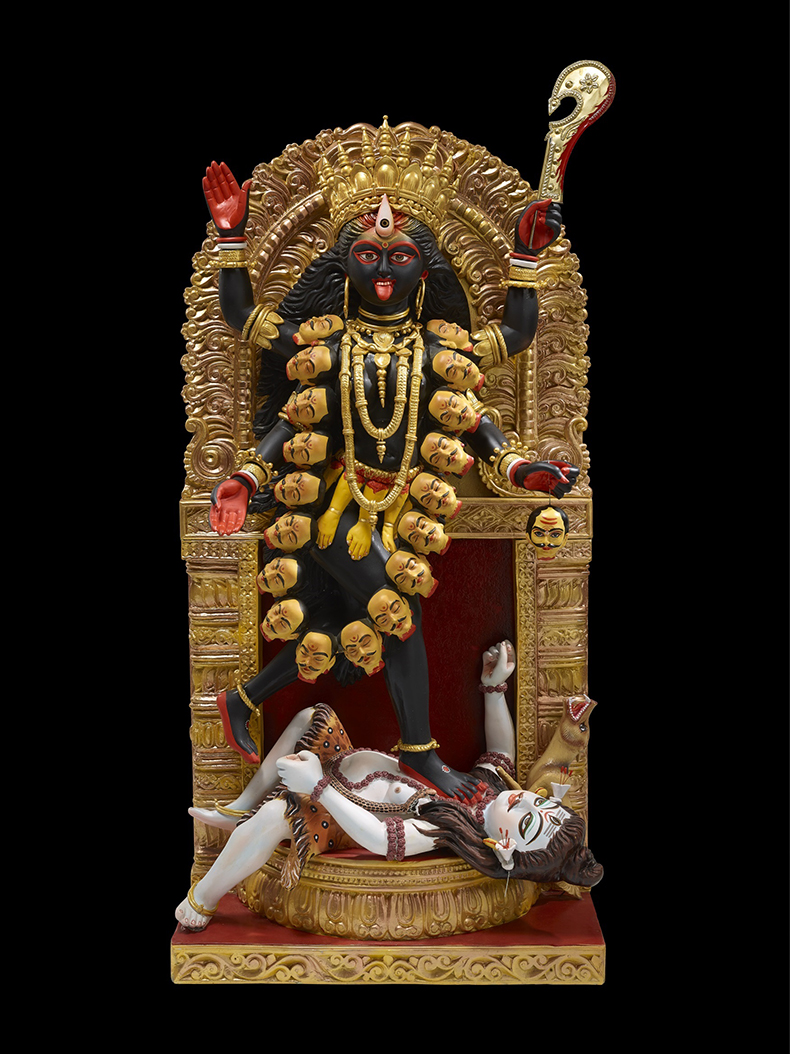
Kali Murti (2022), Kaushik Ghosh. Photo: © The Trustees of the British Museum
Well hidden within the small print wall texts, however, are more illuminating and personal ‘contemporary responses’, including those by modern-day witches and devotees of Islam’s Maryam and Hinduism’s Durga and Kali. Of the latter, for example, Anjali Sanyal says: ‘Ma Kali is the embodiment of a woman’s rage. If I get annoyed and angry, many times I have been told in an endearing way that I am becoming like Ma Kali.’
The exhibition raises more questions about ‘feminine power’ than it can hope to answer. The many expressions it puts forward, however, are proof enough that powerful women figures have continued to intrigue and enthral. The idea of ‘feminine power’ is a shape-shifter, difficult to define – and this is what makes it so potentially disruptive.
‘Feminine Power: the Divine to the Demonic’ is at the British Museum, London until 25 September.
Unlimited access from just $16 every 3 months
Subscribe to get unlimited and exclusive access to the top art stories, interviews and exhibition reviews.

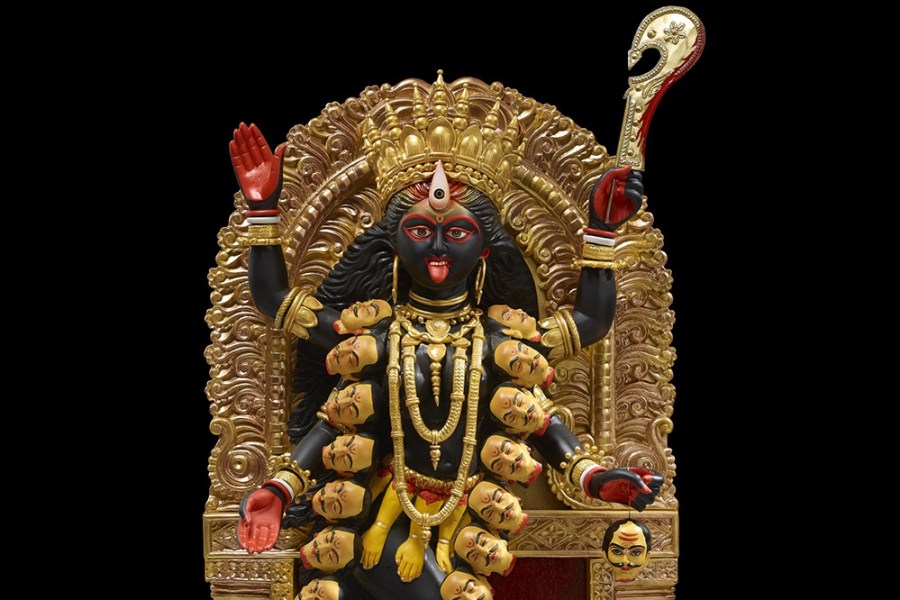
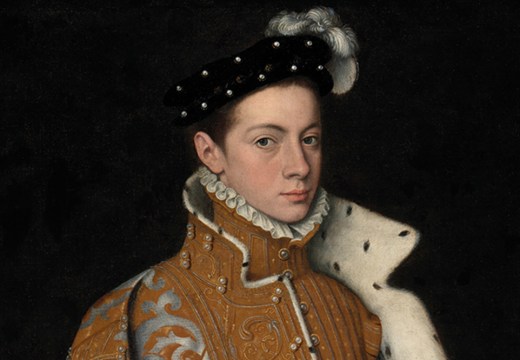
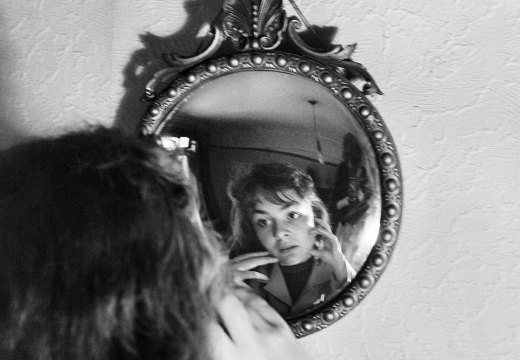
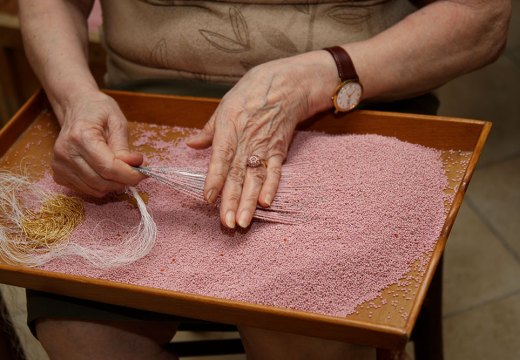









![Masterpiece [Re]discovery 2022. Photo: Ben Fisher Photography, courtesy of Masterpiece London](http://www.apollo-magazine.com/wp-content/uploads/2022/07/MPL2022_4263.jpg)
It’s time for the government of London to return to its rightful home